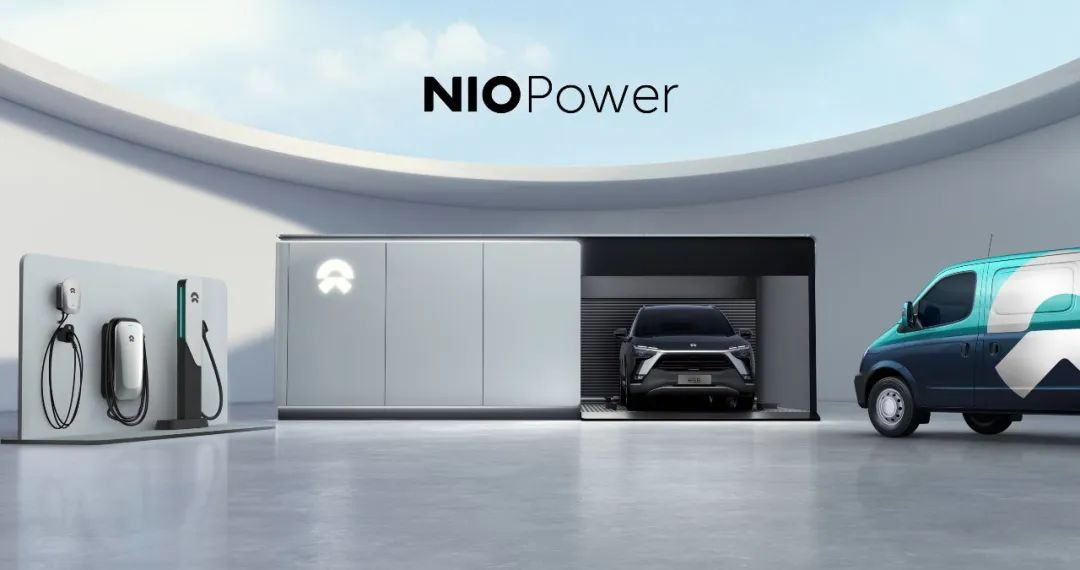Author: Michelin
“Electricity is more convenient than refueling.” This sounds like bragging, but it was a goal that NIO set early on and a dream shared by many electric vehicle owners.
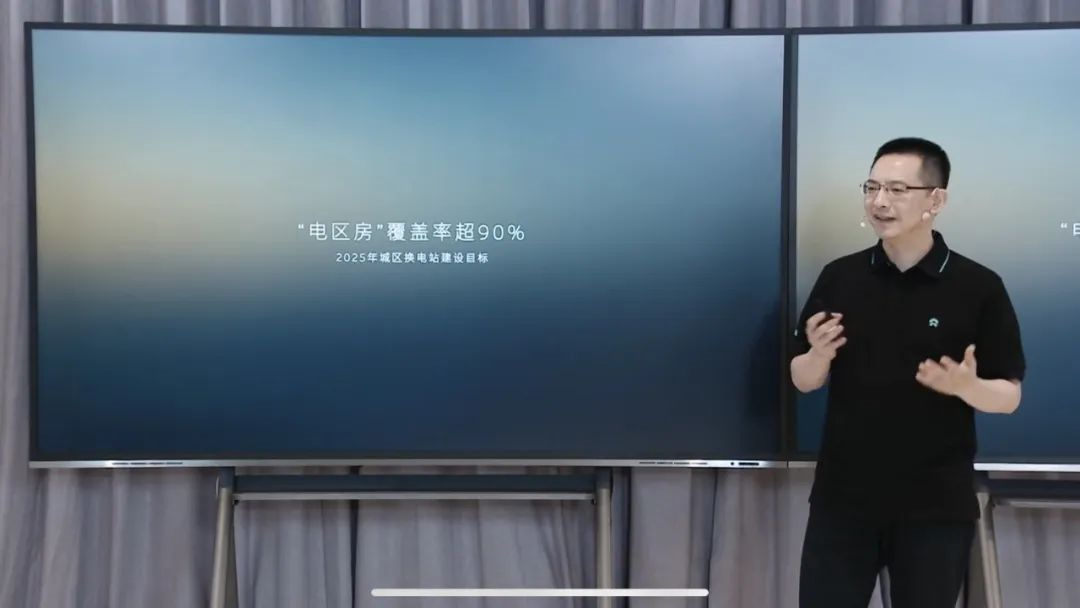
On July 6th, at NIO POWER DAY 2022, NIO co-founder and president Qin Lihong announced that NIO Power’s “all-scenario energy service system” has covered 88.8% of NIO users’ usage scenarios. In other words, in these scenarios, charging is more convenient than refueling.
With 88.8% of the small goal already achieved, how did NIO do it?
How to tackle the four major energy supplementation scenarios?
When many people think of NIO, the most impressive thing is battery swapping, which has almost become synonymous with NIO services. However, battery swapping is only a small part of NIO Power’s “all-scenario energy service system”.
NIO has classified common convenient power supplementation scenarios into four categories: battery swapping, home charging piles, on-route charging, and one-click charging. For daily use, it is difficult to escape from these four scenarios. Targeting each of these scenarios is how NIO’s energy service system is built.
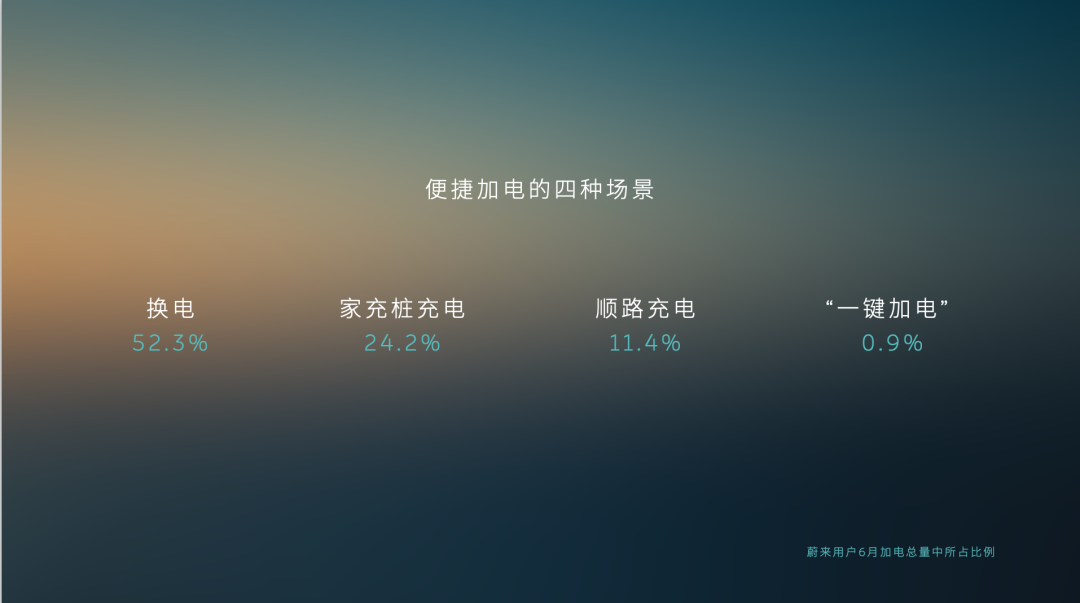
Of course, battery swapping is still NIO’s trump card. According to official statistics from NIO, 52.3% of NIO owners choose battery swapping when charging. At last year’s NIO Power Day, we learned a new term – “Electric Zone Residence”, which refers to homes within a 3km radius of a battery swapping station that make it convenient to use the service.
As of July, “Electric Zone Residence” accounts for two-thirds of NIO owners, and whether there is a nearby battery swapping station and the convenience of battery swapping have indeed become factors that many potential owners consider when buying a car.
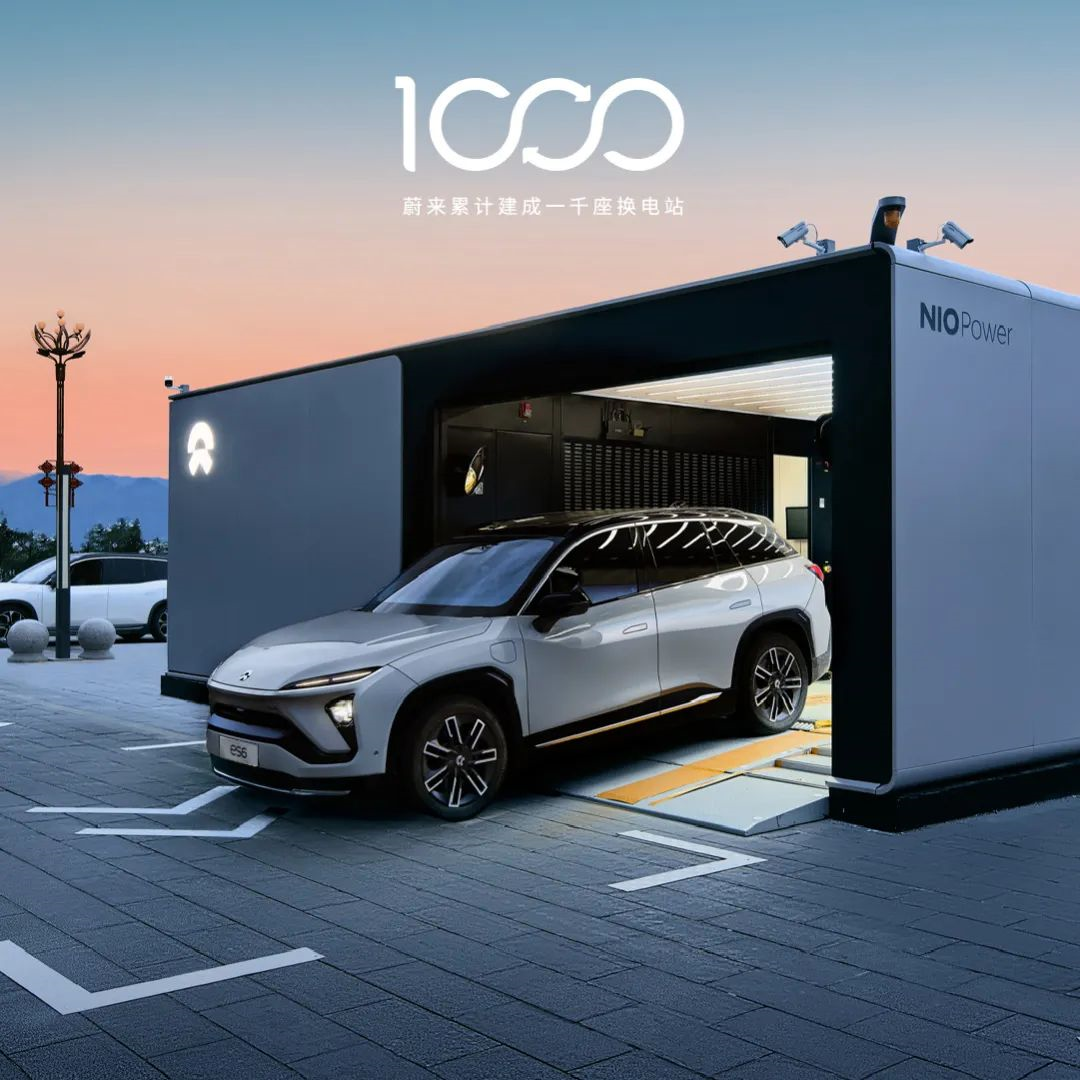
On the same day as NIO POWER DAY on July 6th, NIO’s 1,000th battery swapping station opened in Lhasa, and 11 other stations were completed on the same day. In July last year, there were only 301 NIO battery swapping stations, but now there are 1,011, increasing at a rate of two charging stations per day.If NIO’s goal of building 4,000 battery swapping stations by 2025, including 3,000 in China and 1,000 overseas, looked distant last year, now the target is within reach at this growth rate.
In addition to battery swapping services within cities, the layout of battery swapping stations on long-distance routes is also a focus for NIO.
Last year’s National Day rush hour, where the experience of “waiting four hours while charging for only one hour” may have been a painful memory for electric vehicle owners stuck at high-speed charging stations. Limited charging piles and long charging times have made charging an “fatal weakness” for electric vehicles on highways.
If charging and battery swapping have their own advantages in daily life, then on high-speed highways where the number of charging piles is limited and the charging time is long, battery swapping is definitely more efficient and convenient than charging piles.
Currently, NIO has built a network of 5 verticals, 3 horizontals, and 4 large-scale high-speed battery swapping stations, with 256 high-speed battery swapping stations deployed throughout the network. For example, along the Beijing-Harbin Expressway, NIO has deployed 11 battery swapping stations, almost every distance of 100-200 kilometers.
Compared with the unknown length of the queue for charging piles ahead of the journey, the safety of battery swapping stations, which can be completed in minutes, is indeed more reassuring, and this high-speed battery swapping network has already provided 1.7 million battery swapping services.
The only thing that needs to be tested is whether the batteries in the battery swapping station can be “restocked” and sufficiently charged during the peak traffic period to meet the high demand for battery swapping services.
In addition to battery swapping, the use of home charging piles accounts for nearly a quarter. For electric vehicle users, if conditions permit, home charging piles are undoubtedly one of the most practical ways to supplement energy in daily use. Currently, the number of NIO home charging piles has reached 127,528.
According to NIO’s statistics, the third most frequent energy supplementation scenario is “charging on the way”, with 11.4% of NIO owners currently charging on the way, such as at super charging piles or destination charging piles along the way when travelling to popular tourist destinations or during road trips, in addition to swapping batteries at battery swapping stations.To this end, NIO has opened up 31 destination charging routes, such as the Shenzhou Arctic line, the Ningxia Great Wall line, and so on. On these routes, users can plan their trips through the App’s charging map and user reviews.
Of course, in addition to the above scenarios, there are also occasional emergencies. If an electric vehicle is forgotten to be charged, parked for too long in a garage and discharged, or encounters other similar situations, the “One-Click Charging” service can be used to call an official charging vehicle to provide charging services through the App.
These small probability events came in handy just after the lifting of the Shanghai epidemic. Many electric vehicles experienced a power shortage due to prolonged home stay, making it impossible to go out to exchange batteries or inconvenient to charge at home. NIO POWER provides power shortage assistance for users who do not have private charging facilities and whose electric vehicles have run out of power, and will come to assist with the rescue on site.
This demand is not only for NIO car owners, but also for over 50 different brands that have been connected.
From the first battery swapping station put into use in 2018, to the landing of the 1000th battery swapping station on July 6th, from the installation of the first home charging pile to the completion of over 127,500 home charging piles nowadays, NIO POWER’s supplementary energy system is gradually improving, and its four major scenarios are gradually meeting the needs of NIO car owners. For those users who have had 88.8% of their energy replenishment requirements met by NIO POWER, it seems that “charging is more convenient than refueling.”
A smart “brain” is indispensable to the intensive supplementary energy system
In daily life, we may have encountered such scenarios: despite sharing bikes being everywhere on the street, they are hard to find when we actually need one. Increasing the number of shared bikes can certainly reduce this situation, but making them appear in the right time and place is the operational challenge that meets everyone’s needs, not just in the shared bike industry, but in almost every service industry, including NIO’s supplementary energy system.
Where is the best location to build a battery swapping station? How many battery blocks are needed for each station? When is the best time to perform maintenance without affecting user experience?
These are not simple issues that can be solved by providing electric vehicles with “shared charging treasures.” Instead, a series of calculations and optimizations are required. To this end, NIO has developed a set of NIO POWER’s “brain” – NIO Energy Cloud.
Energy Cloud provides optimal recommendations for NIO’s power station locations based on factors like user distribution, travel routes, and charging needs, minimizing overcrowding at some stations and underutilization at others.

In Beijing alone, there are currently 72 power stations, 50 supercharging stations, 60 destination charging stations, and 196 supercharging piles. Under the coverage of these charging facilities, the “electric range” for NIO owners in Beijing has reached 75.9%. With our limited energy supplementation system, the meaning of NIO’s Energy Cloud lies in providing convenient energy supplementation for as many NIO owners as possible.
In addition to its role in intelligent site selection, Energy Cloud also uses digital twinning technology to generate information on power stations, charging piles, batteries, and third-party charging piles, establishing virtual models for each power station to facilitate monitoring of its operations.
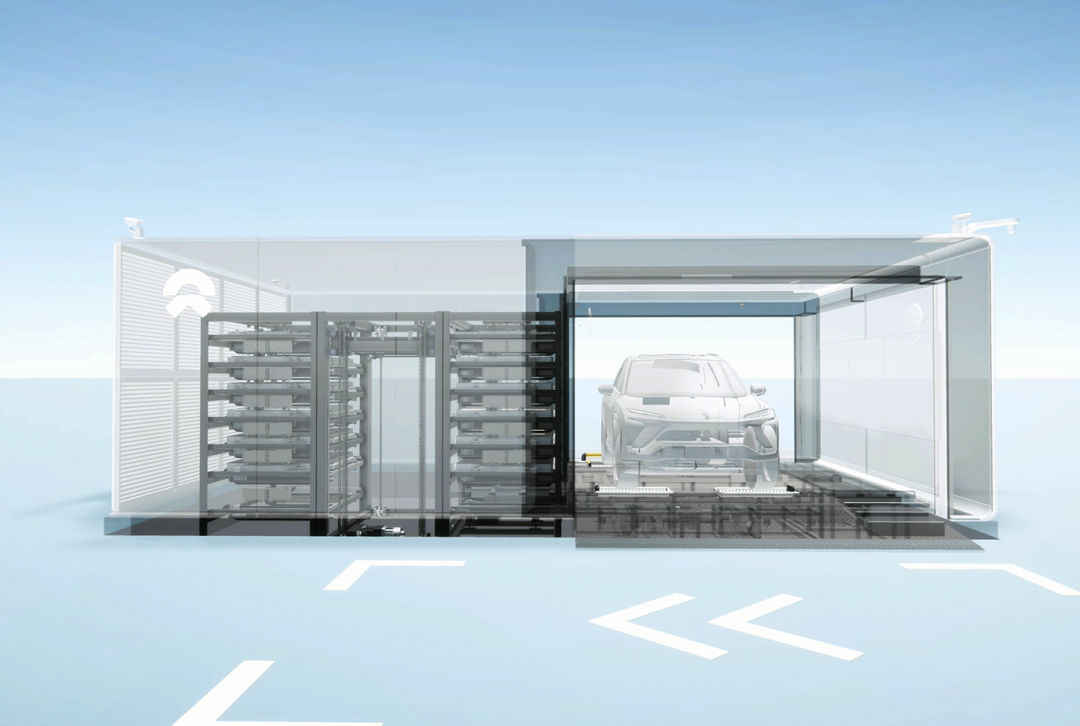
From this digital twinning system, we can see that NIO currently has 3,821 100kWh long-range batteries and 5,140 70/75kWh standard-range batteries, which seems to respond to the doubts raised by the recent “Bear Story” short-selling report.
Last year, NIO launched its unmanned second-generation power station, and the remote operation and battery testing involved in these stations is backed by this digital twinning system.
Innovation in Technology and Products
In addition to progress in NIO POWER’s layout, Qin Lihong also revealed some of the latest technological advances at POWER DAY.
By the end of this year, NIO will deploy 500kW ultra-fast chargers simultaneously in China and Europe, with a peak current of 650A and support for liquid cooling cables.
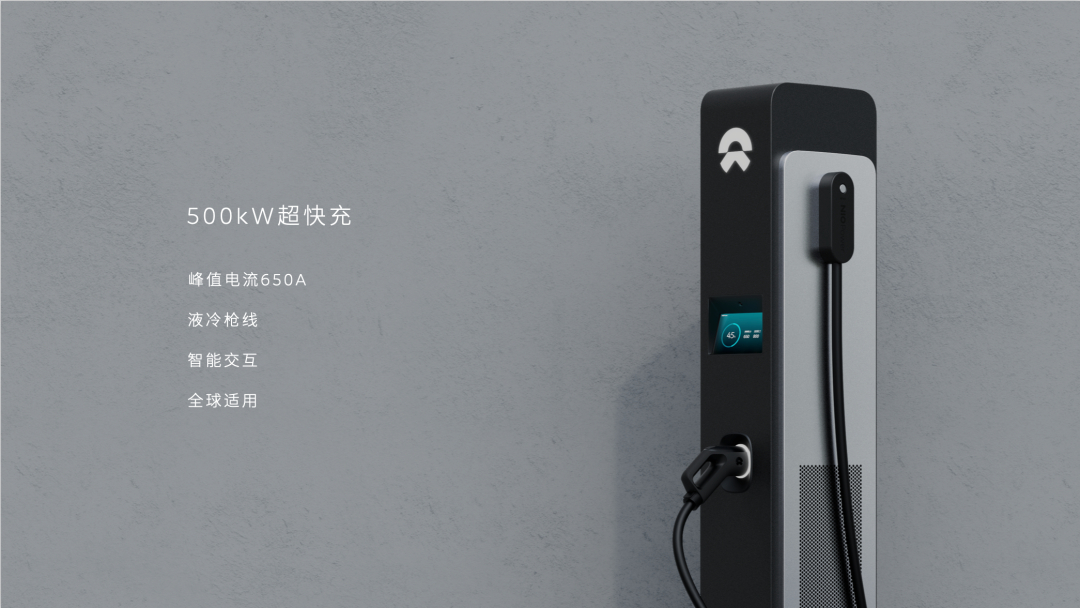
At the same time, after the appearance of the second-generation power station for a year, the third-generation power station is already on the road. The new power station will support an 800V high-voltage platform, battery packs, and supercharging piles, as well as a matching power station system, which will be open to the entire industry.
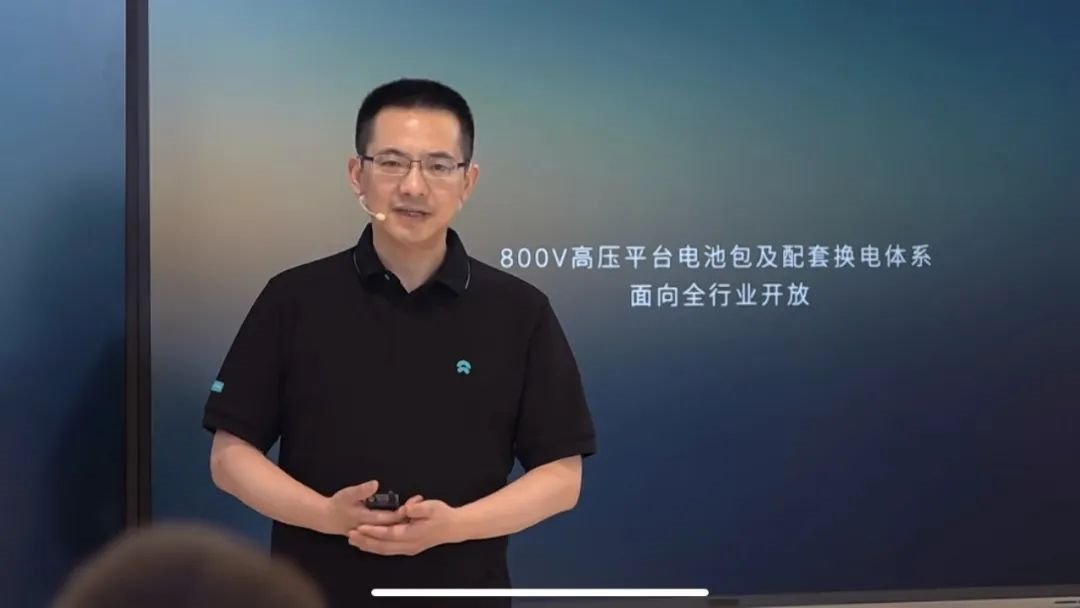 According to the previous reports from various automakers, models equipped with high-voltage pure electric platforms will be gradually launched from the end of this year to next year. Although NIO did not announce any high-voltage platform models in advance, since super-fast charging and high-voltage platform battery swapping stations have already been prepared, why wait?
According to the previous reports from various automakers, models equipped with high-voltage pure electric platforms will be gradually launched from the end of this year to next year. Although NIO did not announce any high-voltage platform models in advance, since super-fast charging and high-voltage platform battery swapping stations have already been prepared, why wait?
In the End
NIO and its power replenishment system are mutually complementary. How many car owners chose NIO because of the battery swapping service, and how many car owners came to understand the battery swapping service through NIO itself?
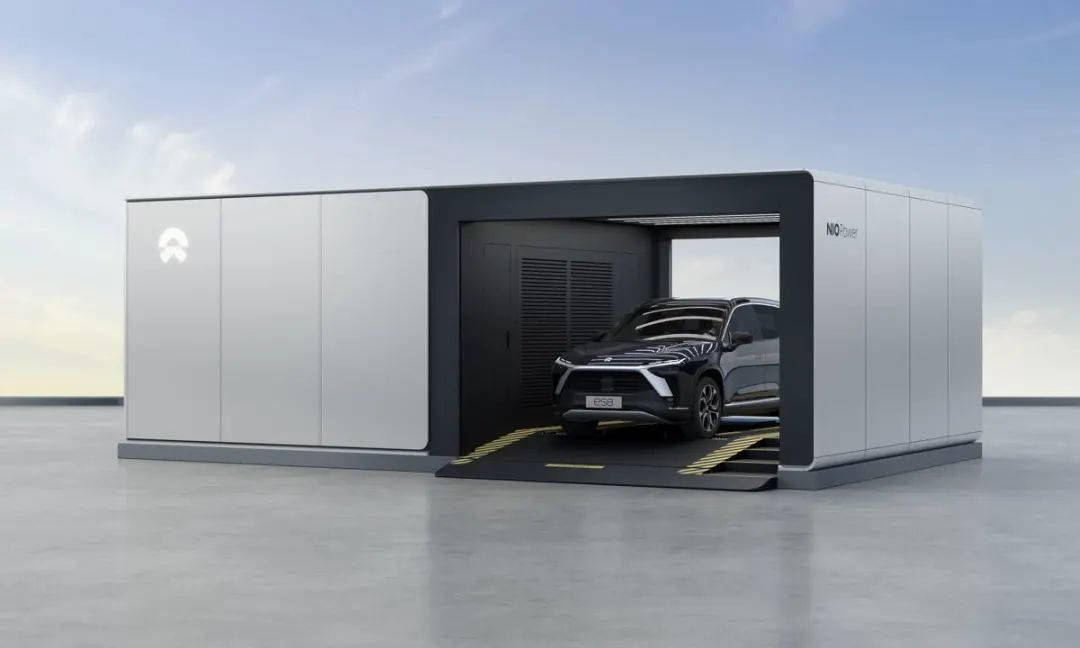
In 2018, NIO’s first battery swapping station was put into use, and at that time, the idea of battery swapping was seen as a heavy “burden” by many people, with huge investments in basic settings and operational burden. Today, NIO’s 1,000th battery swapping station has been unveiled in Lhasa, and NIO is no longer fighting alone on the road of battery swapping. For example, NIO has collaborated with 50 friend companies in one-click charging services, and CATL has also joined the ranks of battery swapping.
“Regarding battery swapping, as long as the NIO brand exists, we will continue to do it, even if you can’t come up with demands,” said Qin Lihong, the CEO of NIO, at NIO Power Day.
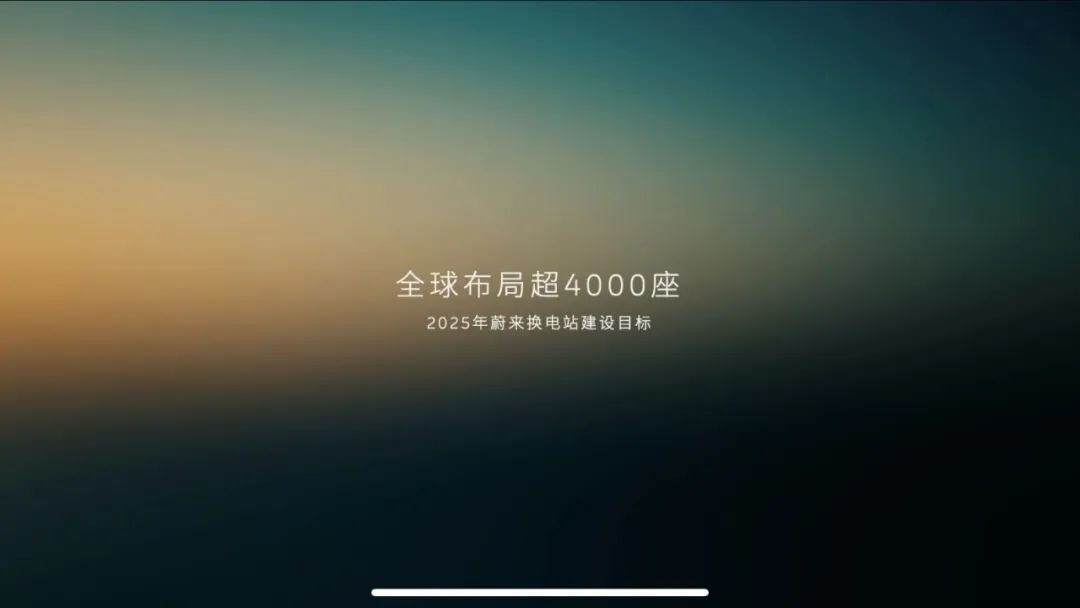
In order to keep going, NIO has also set its own target: to plan more than 4,000 global battery swapping stations by 2025, with a coverage rate of over 90% for “battery swapping areas”, the construction of a high-speed battery swapping network covering 19 city clusters with a 9-vertical and 9-horizontal structure, and so on.
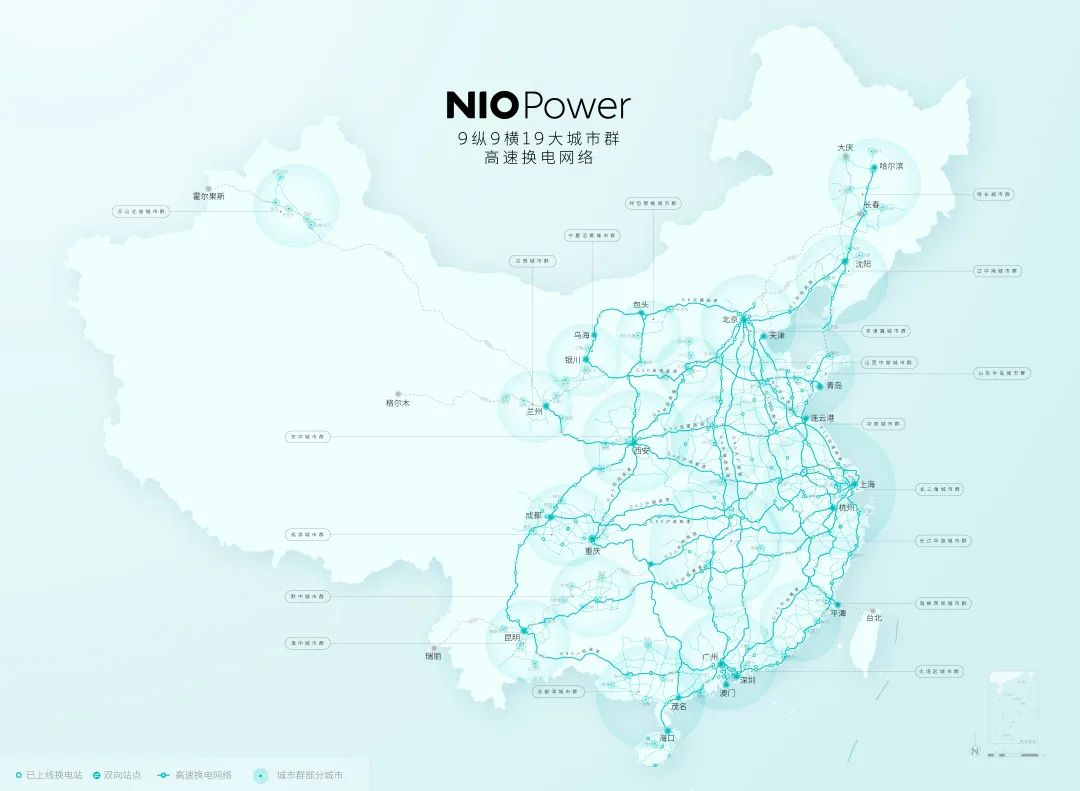
Maybe when these goals are achieved, the flag “charging is easier than refueling” will come true.
This article is a translation by ChatGPT of a Chinese report from 42HOW. If you have any questions about it, please email bd@42how.com.
